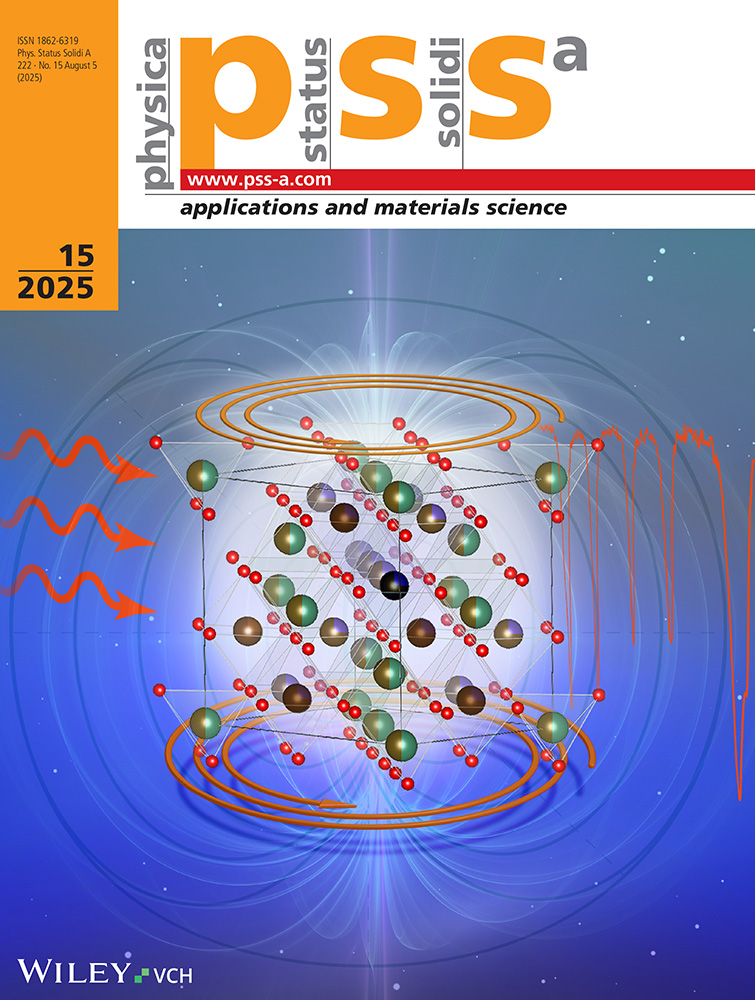Anomalous Amplitude Dependent Dislocation Damping Associated with Anharmonic Oscillations of a Coulombic Kink Chain in the Nonlinear Dissipative Atmosphere of Impurity Atoms
P.K. 06531, Ankara, Turkey.
Abstract
enThe effects of the anharmonic interaction of the Coulombic kink chain on the strength and the position of the cold-work internal friction peaks associated with the nonlinearly power dissipating impurity atoms are investigated by a novel numerical simulation of the related discrete mathematical macro-model. The present macroscopic model of dislocation damping which relies heavily on the microscopic theory of kink-interstitial interactions shows very strong anomalous strain amplitude as well as the bias stress dependence of internal friction peaks in accord with the experimental observations. Also it is deduced that the strength of pinning of the kinks at the ends of the chain can have profound influence on the strength and the position of the dislocation damping peaks.
Abstract
deDie Einflüsse der anharmonischen Wechselwirkung der Coulomb-Knoten-Kette auf die Stärke und Lage der Maxima der inneren Reibung, die mit den nichtlinear leistungsdissipierenden Störstellenatomen verbunden sind, werden durch eine neue numerische Simulation des verknüpften diskreten mathematischen Makromodells untersucht. Das vorgestellte makroskopische Modell der Versetzungsdämpfung, das sich stark auf die mikroskopische Theorie der Knick - Interstitial-Wechselwirkungen stützt, zeigt eine sehr starke anomale Spannungsamplitude sowie eine Vorspannungsabhängigkeit der Maxima der inneren Reibung in Übereinstimmung mit experimentellen Beobachtungen. Es wird ebenfalls geschlossen, daß die Anhaftstärke der Knoten an den Enden der Kette einen starken Einfluß auf die Stärke und Lage der Versetzungsdämpfungsmaxima haben kann.




